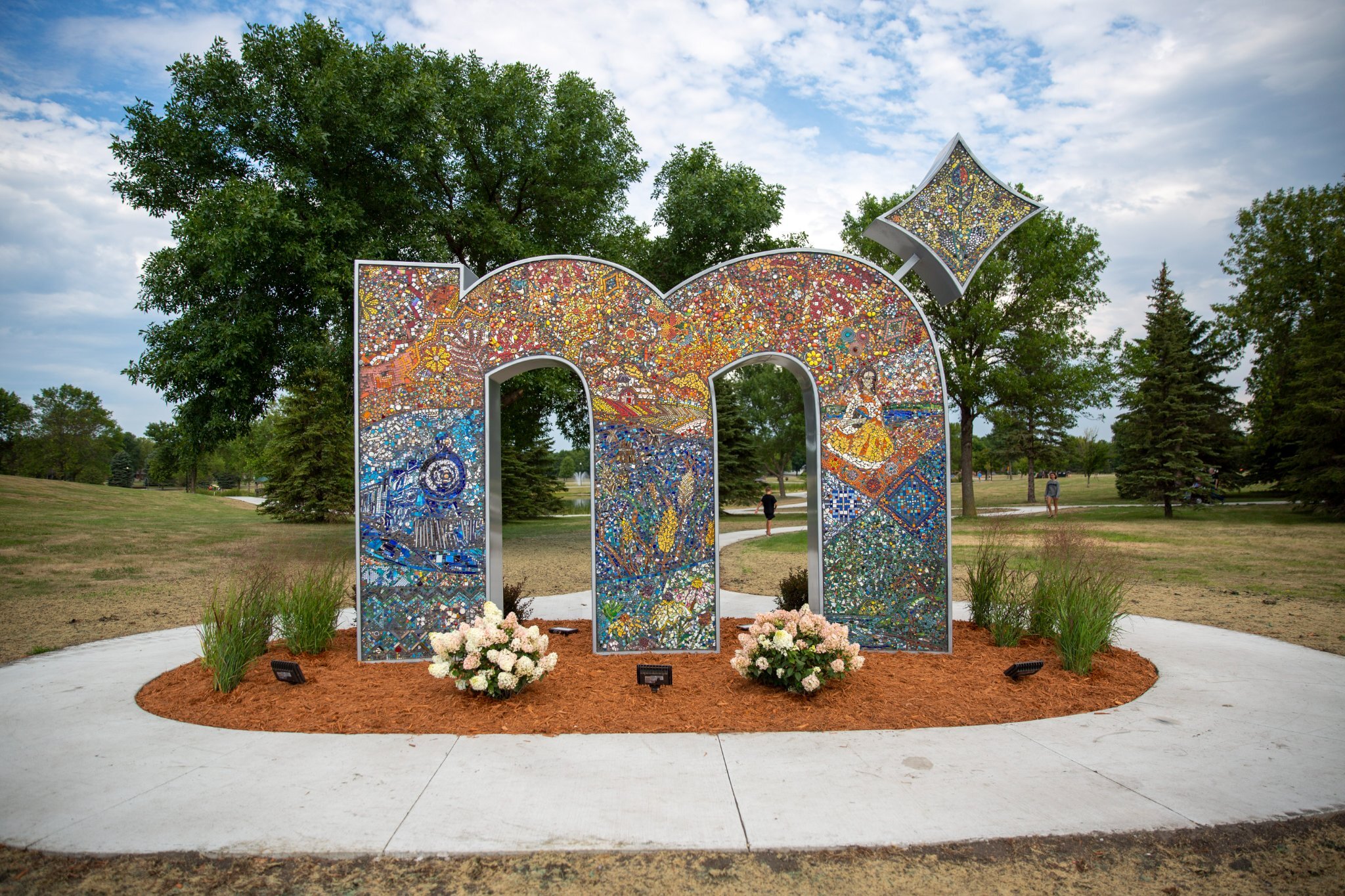
15 Sep Best Practices for Measuring Brand Results & Impact
Brand development and marketing are important investments that require constant attention and resources to reap the benefits. Ongoing efforts that keep the brand top-of-mind often rely on municipal, stakeholder or grant funding over time, meaning that buy-in from community leaders and even taxpayers is paramount. To secure and maintain funding for marketing, you need to demonstrate the brand is working as intended.
Several ways exist to measure a community brand’s impact and success.
One of the more straightforward approaches to brand measurement is observing the intangible impact and differences in your community over time. For example, look for the brand’s presence throughout your city or country, whether placements are municipally led, such as through community signage and collateral, or resident-led, such as through merchandise use, social media engagement and business activations.
The more you see the brand coming to life, the more likely those in your community are buying into it and others begin recognizing it from afar.
While this progress is exciting, it won’t quite hit the mark on its own when making a case for its positive impact. You’ll also need tangible metrics that better quantify how the brand is making a difference.
This is a key reason why goal setting is such an important component of brand development. It must contribute to one or a few crucial community objectives, such as visitation, resident recruitment, growth in jobs and investment, or downtown development. During the research phase of brand development, communities should ask for input related to those objectives (via stakeholder surveys) to establish a baseline that can be measured against later.
For example, one community might prioritize that residents have greater pride in their local parks and recreational opportunities, and that outsiders are more aware of their presence. With a baseline established prior to brand implementation, the community can distribute the same stakeholder surveys to residents and outsiders to learn if progress has been made.
Additionally, all communities engaging North Star incorporate questions into stakeholder surveys that measure the advocacy of their city or county locally. Results are reported through a brand barometer, which demonstrates how likely residents are to recommend to others that they live, visit or conduct business in their community.
A brand barometer doesn’t directly measure brand awareness, but it’s safe to assume as local advocacy increases post-launch, the brand is having a positive impact on resident sentiment.
Ideally, refining your community’s brand leads to more advocacy of your place. Many North Star clients have experienced this success, including one community who measured advocacy before brand development and four years after initial implementation. The results were strong.
Brand Barometer: Four Year Rates of Increase for North Star Client
- Living: 12.37% growth in advocacy
- Visiting: 26.25% growth in advocacy
- Conducting Business: 10.91% growth in advocacy
More traditional marketing metrics are another way to measure brand impact, but to leverage these you must have active marketing efforts with clear goals and objectives. If a key goal is to increase your community’s social media following or website traffic among individuals living elsewhere, it’s appropriate to monitor and measure these. Ensure the metrics you use have an obvious tie back to your community’s larger business or economic objectives.
And, it’s important to track key performance indicators around those business or economic objectives. For example, if your community is deploying a tourism marketing campaign that leverages the brand, ensure hoteliers and other hospitality partners are sharing visitor data so you can measure progress. This data doesn’t prove a direct 1:1 correlation between community brand and economic success, but it will help tell a story of how the brand is contributing to larger municipal goals.
How often should you measure?
The cadence at which a community measures brand impact will vary. As previously noted, you should always begin prior to brand development so a baseline is established. The next milestone is to wait until the brand is implemented and you can begin to see its intangible impact. Typically, communities wait at least two or three years to survey stakeholders again. Sometimes, it might require more time depending on how aggressively the brand was rolled out.
Best practices say an ideal cadence is between 2-4 years after implementation. Once you establish a cadence, stick to it for future measurement, and always keep your survey questions and methods consistent. It’s the only way to truly assess and demonstrate progress. Measuring brand impact is critical for your community’s long-term growth. It can be a complicated process. We’re here to help. Let’s uncover your brand, develop an implementation plan and put you on a path toward success.
